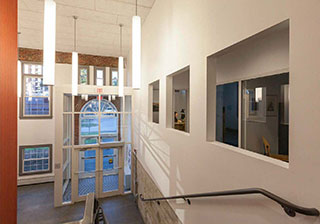Bio
Samuel Betts is a painter and sculptor intending on graduating from Bowdoin College with a BA in Visual Arts and Mathematics. Betts uses materials associated with boatbuilders and carpenters incited by a life in midcoast Maine and an upbringing by artists and engineers. Many of his ideas produced in art are designed to explore the interactions between mathematical structure and expressionism, manipulating form to communicate using innate human languages of visual association and processing, and finding forms that reimagine naturally occuring quakes of erosion and decay.
click on images for enlarged slideshow
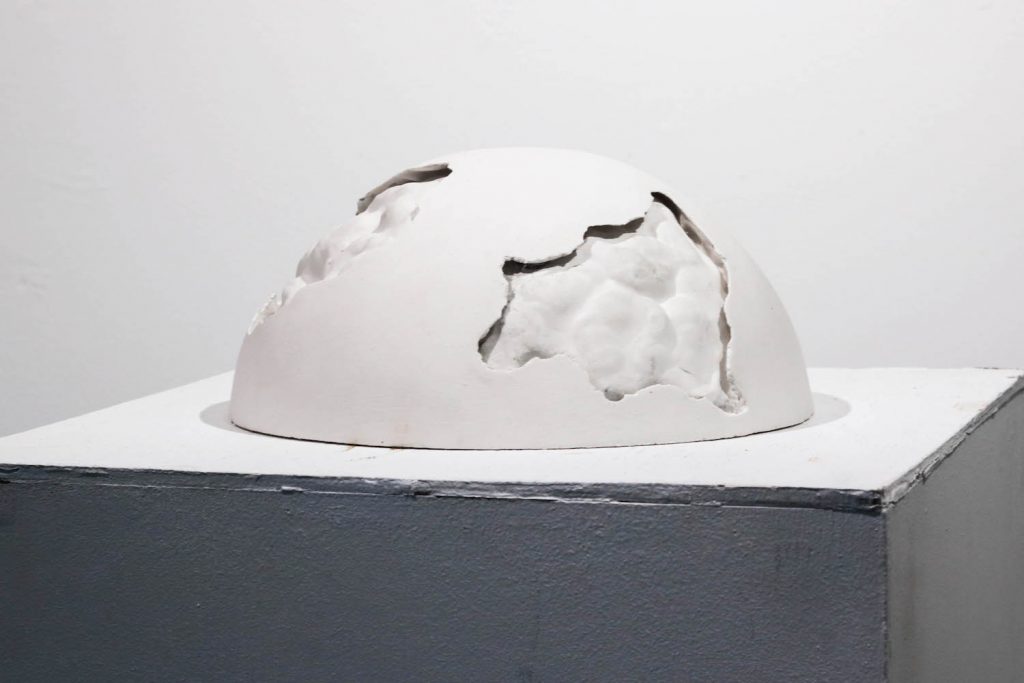
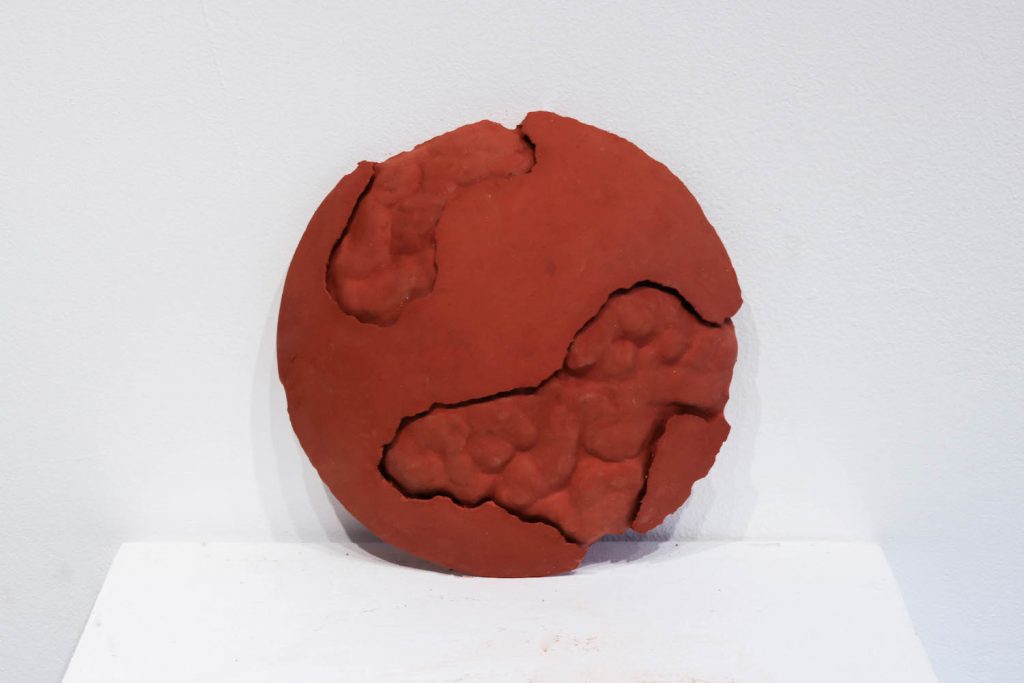
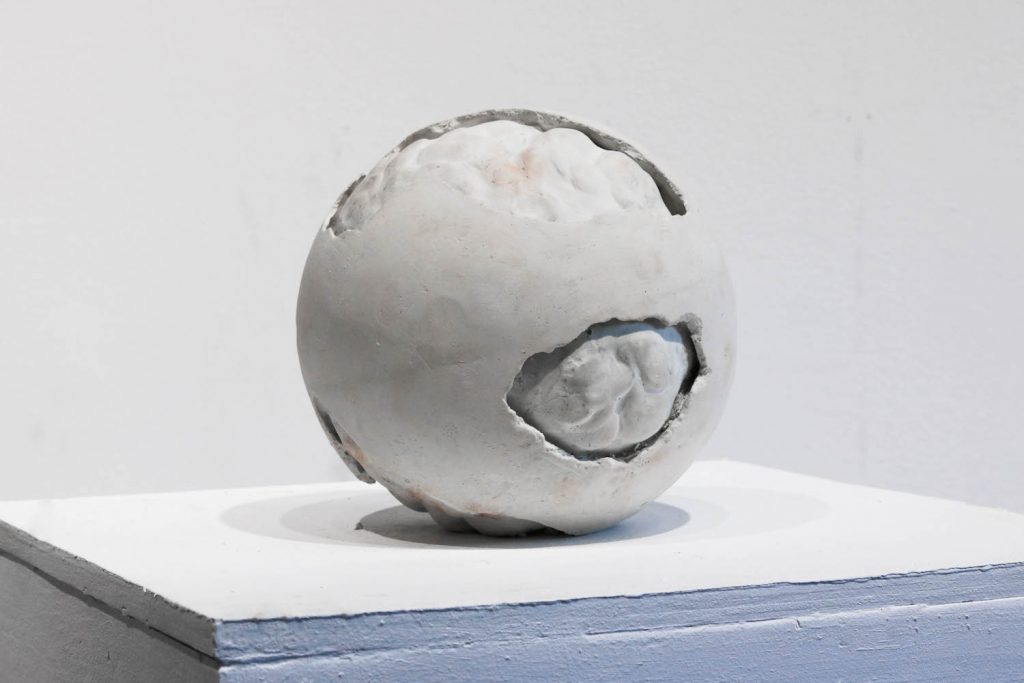
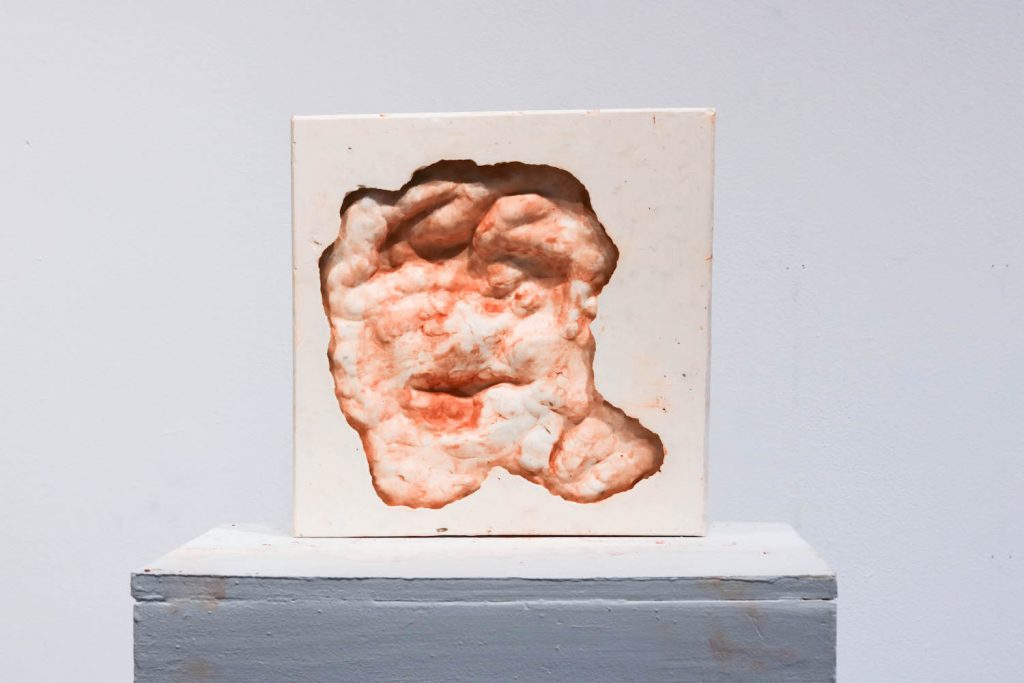
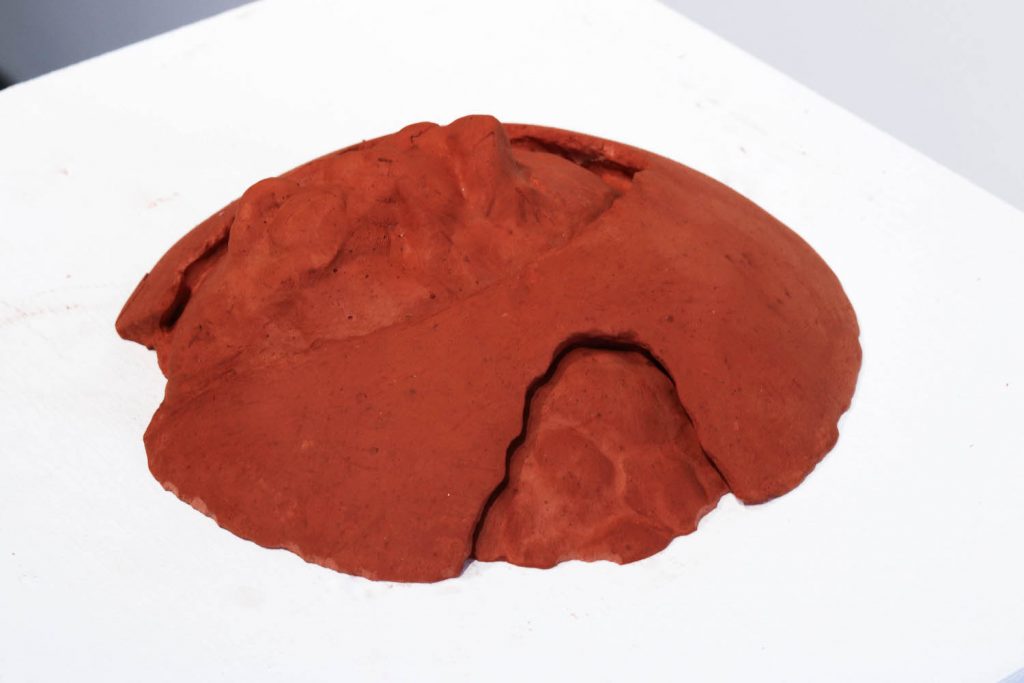
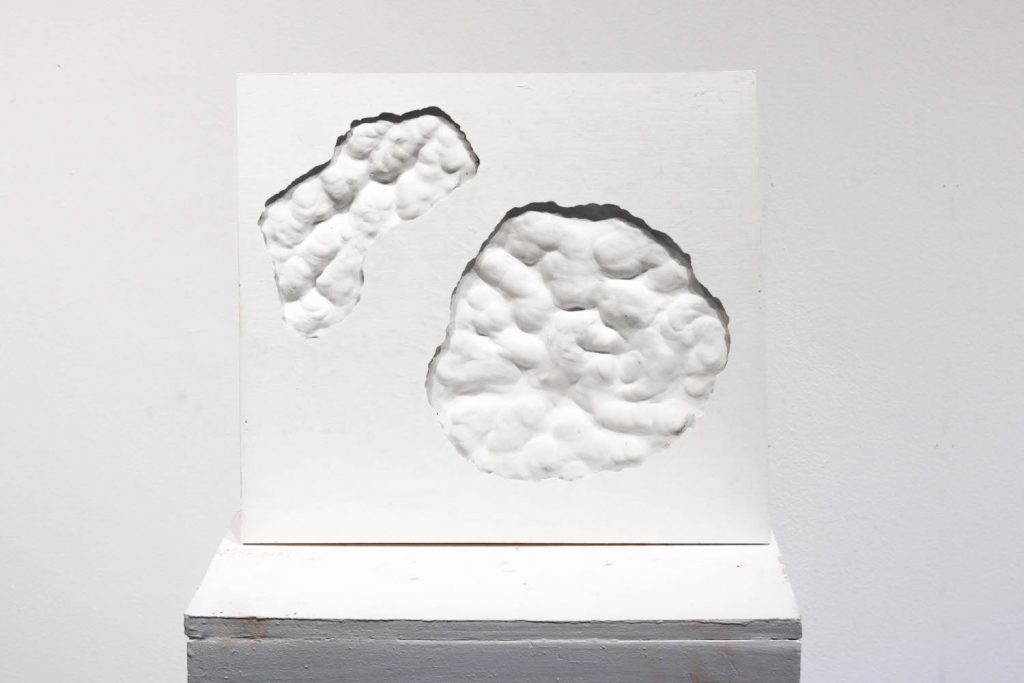
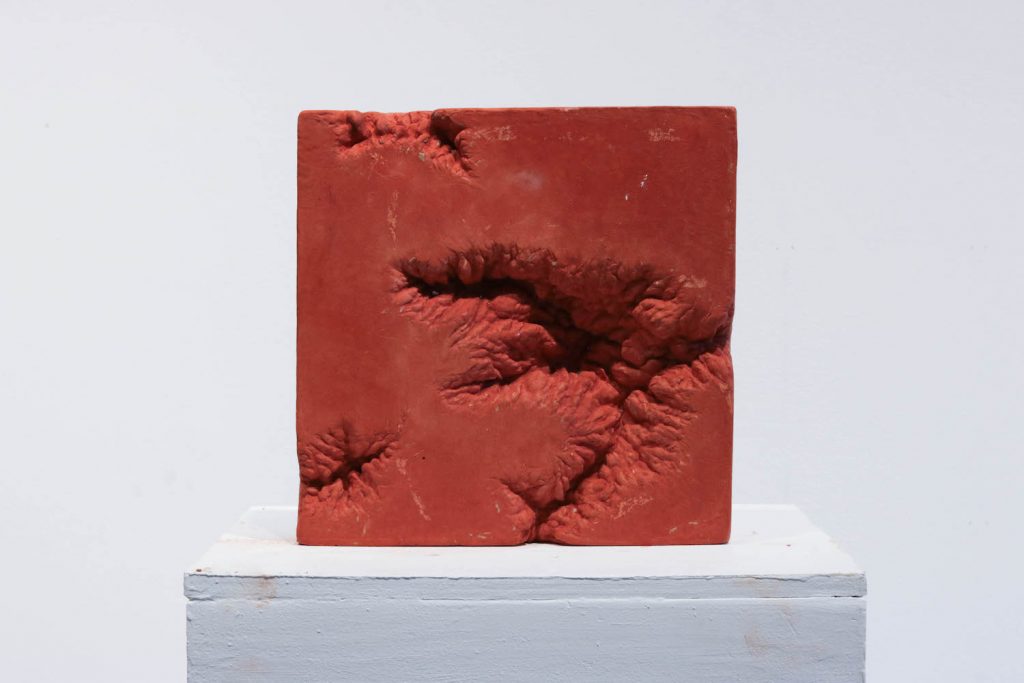
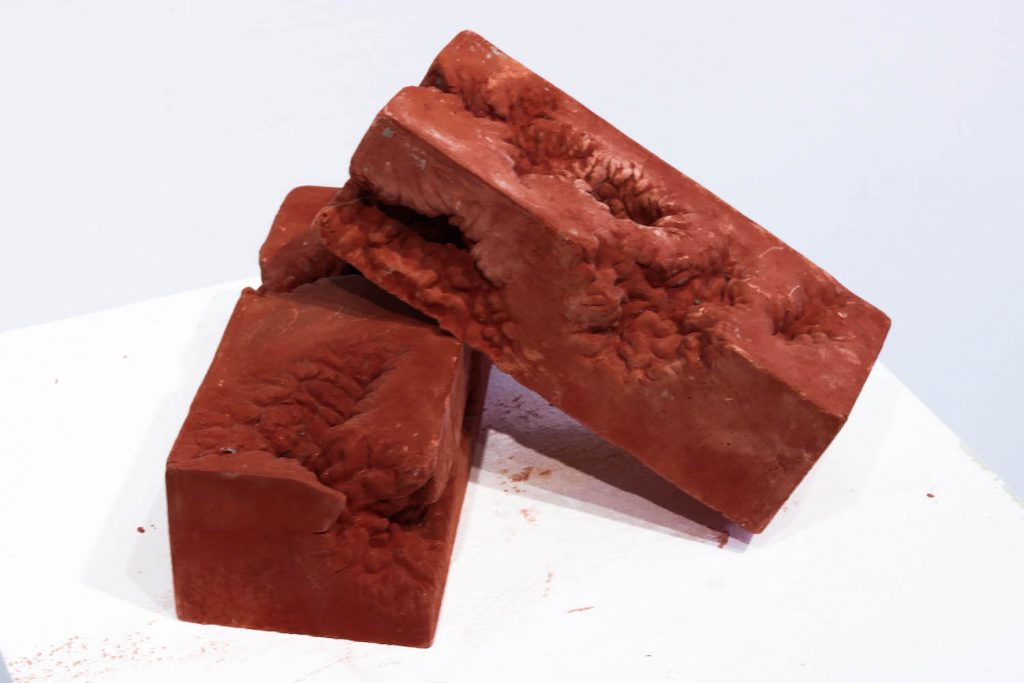
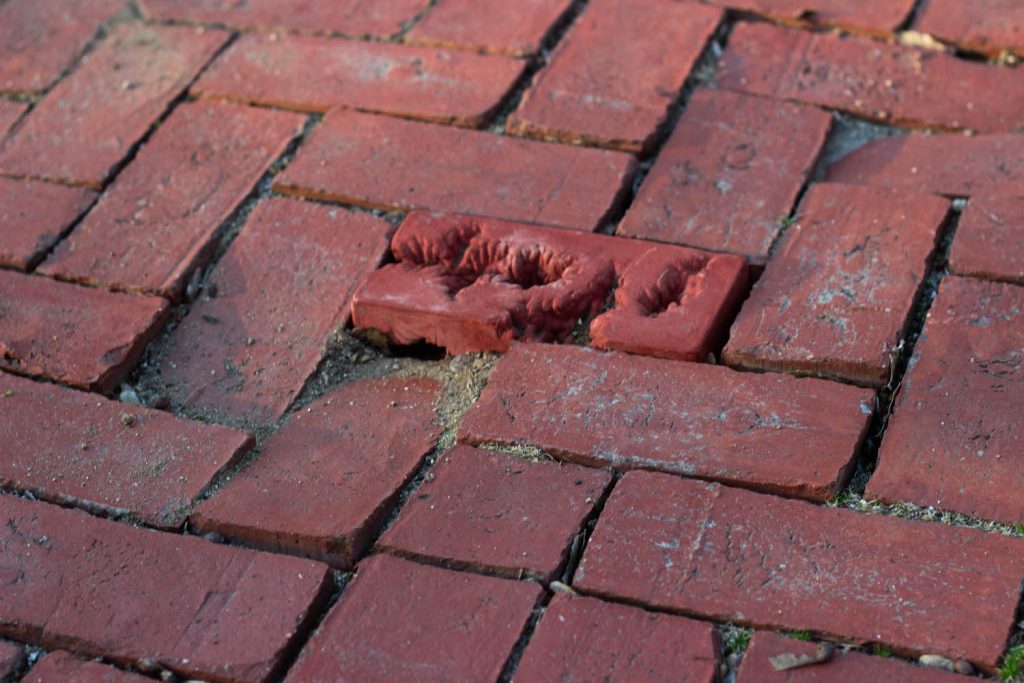
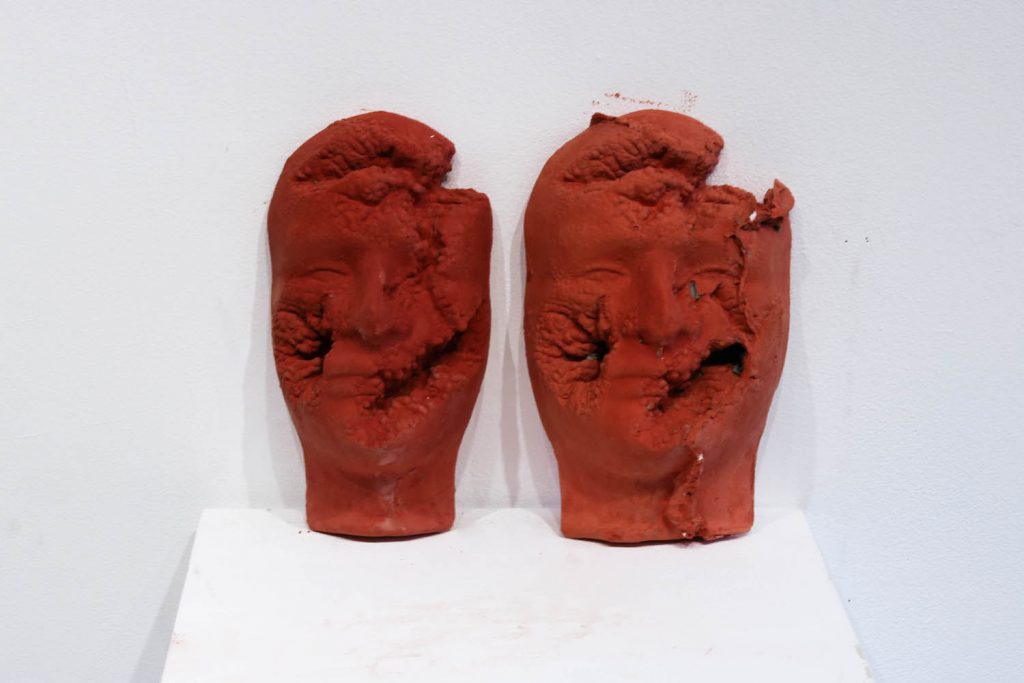
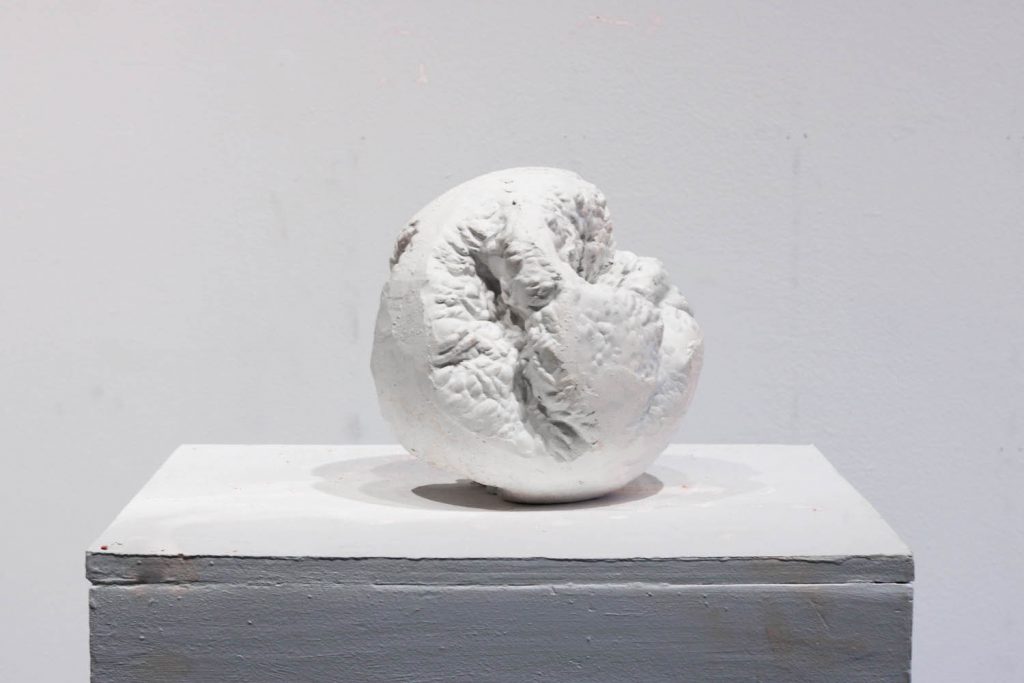
Artist Statement
Erosion is persistent, omnipresent, inevitable. In the very ground we walk upon — rock erodes, asphalt erodes, granite erodes, brick erodes. In the objects we hold near and dear to us — homes erode, plastics erode, clothing and jewels erode. We, too, erode, decay, always aging, blind to the decline to which we are always subject. The walker walks on upon this erosion, never so much as feeling unbalanced or precarious. We wear the clothing we love until it is threadbare, and even then we keep it with us still. The types of erosion and decay we see have become so quotidian to us that they are second nature. It could be said that the erosion of our surroundings, in a sense, grounds us.
In this series, I wanted to displace the viewer from the erosion which they have come to know and expect. These objects are not physically eroded, but sculpted and casted to recalculate our expectations of our eroding surroundings. I wanted to stop them on their tracks among a brick path, not because the focal brick was eroded at all, but because the erosion itself was unique — unable to be placed among other human erosions. These works skirt the edges of a trail blazed by Platonic artists of mimesis, the urge to imitate and recreate nature. Humans are so primed for the erosion that exists in this dimension that something so simple as new erosion, different erosion, beautiful erosion, calculated erosion, can displace and unsettle.
Moving forward, these works serve as maquettes for large-scale sculptures and installations to displace familiar understandings of spaces. Erosions of home walls, sidewalks, cubicles. Erosions of panels and globes to imagine terrain casted and mounted. Erosions of drywall, bronze, cement, ceramic, asphalt, soil and linen. While recreating erosion on small objects reconfigures viewers expectations, working on a large scale imposes on the viewers’ space leaving them in a new relationship with the forms, leaving the space unbalanced or precarious.
Curatorial Statement
Taking a glance at Sam Betts’ work, you may see a brick or even just a piece of cement but look a little closer and you see a new world saturated with questions. His works take objects from the natural world—faces—or man made objects like bricks and introduce erosion and decay. His work is tied to ideas of change and imbalance. What does it mean for everything in the world both natural and manmade to age? Betts sees erosion as a grounding force, implicating the viewer in this sensibility through forcing them to really look at erosion and spend time with it. He desires to make the viewer feel unsettled, too, in this confrontation. Betts writes “Humans are so primed for the erosion that exists in this dimension that something so simple as new erosion, different erosion, beautiful erosion, calculated erosion, can displace and unsettle.”
-Ellery Harkness
